Backing Up Safely
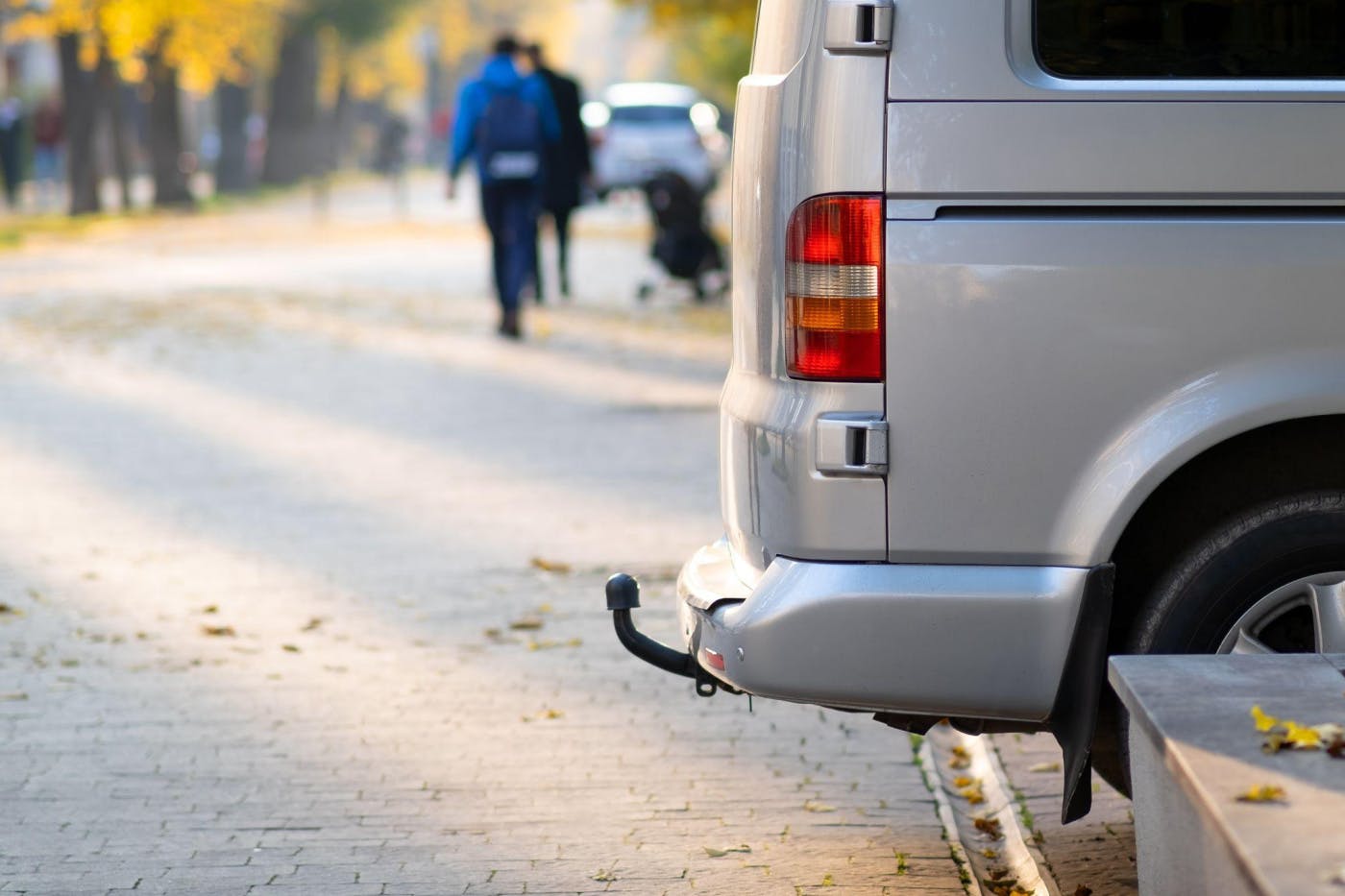
Every year, vehicle backing accidents lead to thousands of injuries and hundreds of deaths. By taking the proper precautions, you can protect yourself and others. Here’s how.
Free Consultation. No Fees Until You Collect. Call 24 Hours a Day 1-800-4-RIGHTS
Eric BeyerDecember 19, 2024

Every year, vehicle backing accidents lead to thousands of injuries and hundreds of deaths. By taking the proper precautions, you can protect yourself and others. Here’s how.
Backing accidents can be caused by a variety of factors. Understanding these causes can help prevent collisions and injuries.

Backing up requires careful attention to prevent accidents. Following these safety tips can significantly reduce the chances of a collision.
Backing accidents often occur because drivers miss small or hard-to-see obstacles directly behind them. Before getting in your vehicle, walk around it to identify any potential hazards, such as objects, children, pets, or uneven surfaces. This precaution is especially critical in busy areas like parking lots or residential driveways. By taking just a few moments to perform a quick walk around, you can do your part to avoid preventable incidents.
Properly adjusted mirrors are essential for reducing blind spots while backing up. Ensure that your side mirrors are angled outward enough to cover the rear corners of your vehicle, and adjust your rearview mirror for a full view of the back window. However, mirrors alone cannot capture all obstacles. Always look back to check blind spots directly.
Make sure the interior of your vehicle doesn’t obstruct your rearview. Items on the back seat or cargo area should not block your view through the rear window. Keeping windows and mirrors clean and free of debris will also improve visibility.
Children, pedestrians, and cyclists can be difficult to see when backing up, especially in crowded areas like schools, parks, and neighborhoods. Always take extra precautions in these environments. Be particularly vigilant during peak times, such as school drop-offs or sporting events, when pedestrian activity is higher.
Even after walking around your vehicle and checking behind you, always back up slowly and cautiously. Doing so will give you more time to spot obstacles and respond appropriately. Backing slowly also gives pedestrians or other drivers more time to notice your vehicle and get out of the way. Practicing patience can make the difference between a close call and a collision. And if there is a collision, slowing down will reduce the likelihood of serious damage or injuries.
In complex or crowded environments, a spotter can help guide you while reversing. If it’s safe, have a passenger hop out and direct you. Ensure your spotter stands in a visible area and communicates with clear, agreed-upon signals. A spotter is handy for larger vehicles or when reversing in areas with poor visibility.
Many modern vehicles come equipped with features like backup cameras, parking sensors, and rear cross-traffic alerts. Backup cameras provide a live feed of the area behind your car, while sensors and alerts help identify objects or vehicles you might miss. These safety features can make all the difference in avoiding a collision when backing up.
While backup technology is an excellent aid, it isn’t foolproof. Cameras can have limited range, and sensors may not detect every obstacle, such as short objects or narrow poles. Technology can also fail due to weather conditions, dirt, or technical malfunctions. These tools should always complement, not replace, manual checks. Always verify your surroundings by using mirrors and physically turning to check blind spots.
When visibility is limited, or you suspect someone might be behind your vehicle, use your horn to alert others of your movement. This maneuver is especially useful in parking lots, driveways, or areas with pedestrian traffic.
Backing up in low-light conditions, heavy rain, snow, or fog increases the risk of accidents. Ensure your vehicle’s lights, including reverse lights, function properly to improve visibility. If conditions make it too hard to see clearly, wait for better lighting or ask for assistance from a spotter.
The easiest way to prevent backing accidents is to limit how often you back up. Park in a way that minimizes the need for risky backing whenever possible. For example, backing into a parking spot or driveway is generally safer than backing out. Pulling through a parking spot so your vehicle faces forward is even better.
Every vehicle has different blind spots based on its design. Familiarize yourself with these areas by sitting in the driver’s seat and observing which parts of the surroundings are obscured. This knowledge will help you better anticipate hazards while backing up.
If you drive larger vehicles or trailers, regular practice can help improve your confidence and precision when reversing. Practice in open areas or parking lots where you can get comfortable judging distances and maneuvering without the pressure of traffic or obstacles.
PRO TIP: Setting up traffic cones or other markers in a driveway or empty parking lot is a great way to practice your backing skills while minimizing risks. Cones are especially useful for new drivers.
Backup cameras, sensors, and other technological aids require regular maintenance. Keep cameras and sensors clean and inspect them for signs of damage. If a feature isn’t working correctly, have it repaired or replaced promptly.
Minnesota is a no-fault state, meaning your insurance typically covers certain losses, regardless of who caused the accident. These benefits will pay for some medical costs and lost wages. However, depending on the severity of the accident, more than this may be needed to cover the full damages.
If you believe another party is at fault, you may be entitled to further compensation through a personal injury claim. In backing accidents, the driver reversing is often presumed at fault, as they are responsible for ensuring the path is clear before moving. However, there are exceptions. For example:
Navigating Minnesota’s insurance and liability laws can be complex. At SiebenCarey, we can help you determine fault, prove your claim, and win you the compensation you’re owed.
SiebenCarey is Minnesota's oldest personal injury firm, with more than 70 years spent fighting for the rights of injury victims. When you partner with SiebenCarey, you’ll get the full benefit of:
We also work on a contingency fee basis, meaning that our fee is contingent on winning your case – and even then, the fee is taken as a percentage of your compensation package. This fee arrangement means you will never have to pay for your legal expenses out of your pocket.
Schedule a free consultation with one of our Minnesota car accident attorneys today, and we’ll be happy to help you in any way we can.

What should I do before backing up?
Before reversing, conduct a walk-around to check for obstacles, children, pets, or uneven surfaces. Ensure your mirrors are correctly adjusted, and turn your head to look behind you.
How should my mirrors be adjusted to back up safely?
Adjust your rearview mirror to frame the entire rear window. For side mirrors, angle them outward so you can just see the sides of your vehicle. This setup minimizes blind spots and provides a clear view of your surroundings. If your car has auto-tilt mirrors for reversing, set and save your preferred angle for added convenience.
Is it safer to back into a parking space or out of it?
Backing into a parking space is generally safer, as it allows for a forward exit, provides better visibility, and reduces the risk of accidents when leaving.
What should I do if I’m involved in a backing accident in Minnesota?
First, ensure everyone's safety and seek medical attention if needed. Then, exchange information with the other party, document the scene and report the accident to your insurance company. Then, consult with a personal injury attorney to learn what steps to take next.
How does Minnesota's no-fault insurance affect backing accident claims?
Minnesota's no-fault insurance covers medical expenses and lost wages regardless of fault. However, if injuries meet certain thresholds, you may pursue a claim against the at-fault driver for additional compensation.
Can pedestrians be at fault in backup accidents?
Yes, if a pedestrian suddenly moves behind a vehicle without giving the driver time to react, they may be found partially or fully at fault for the accident.


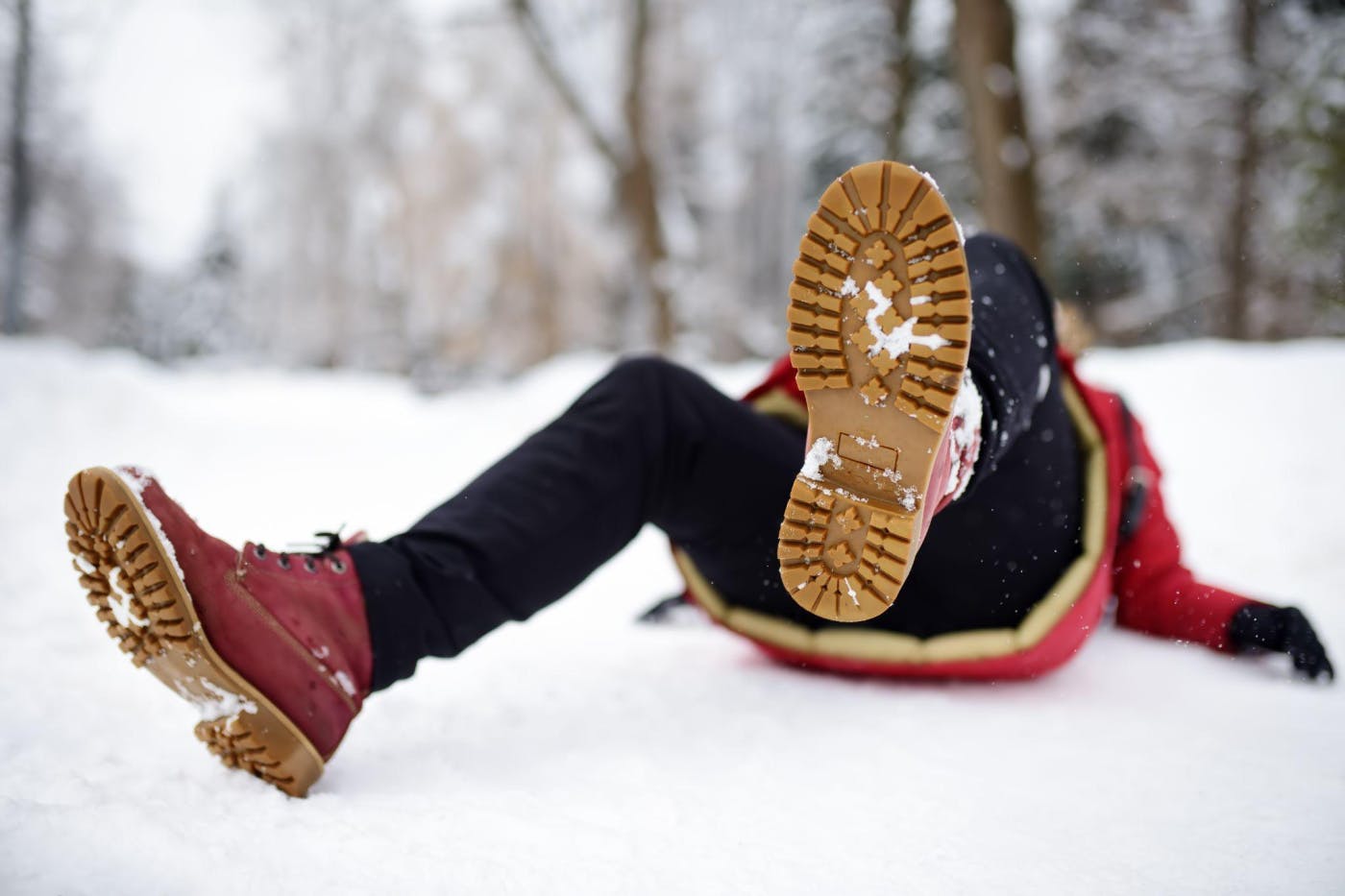
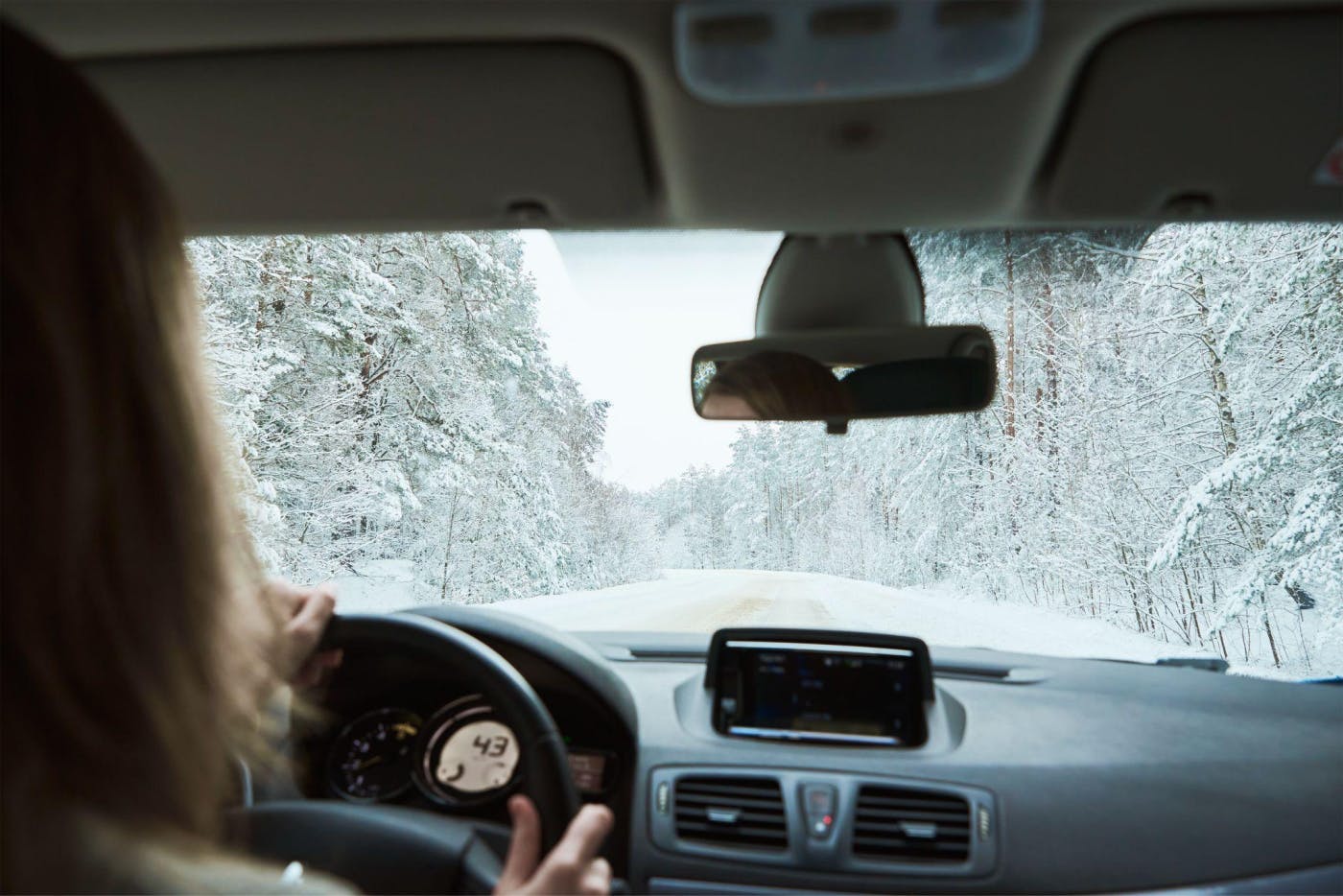
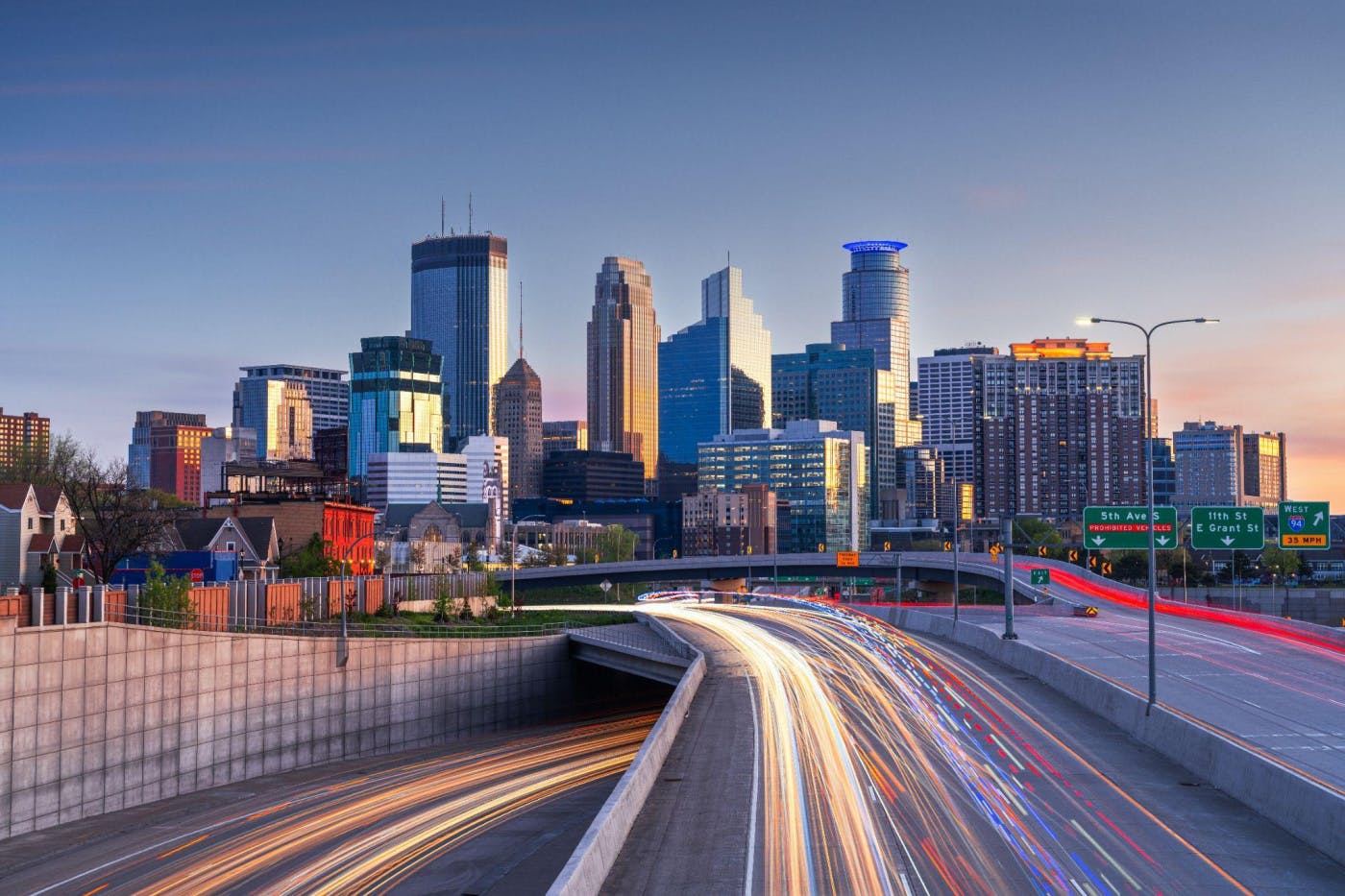
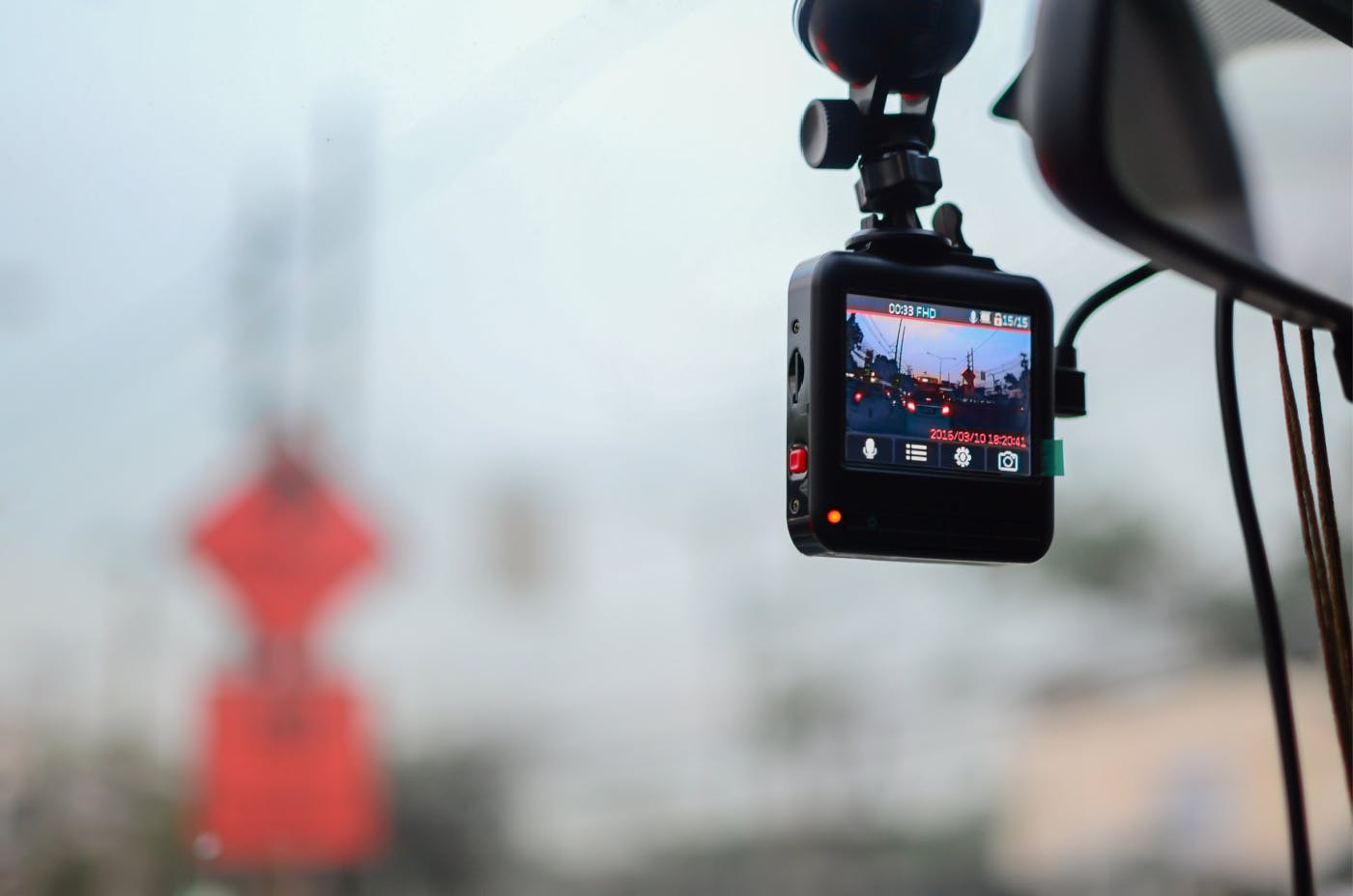
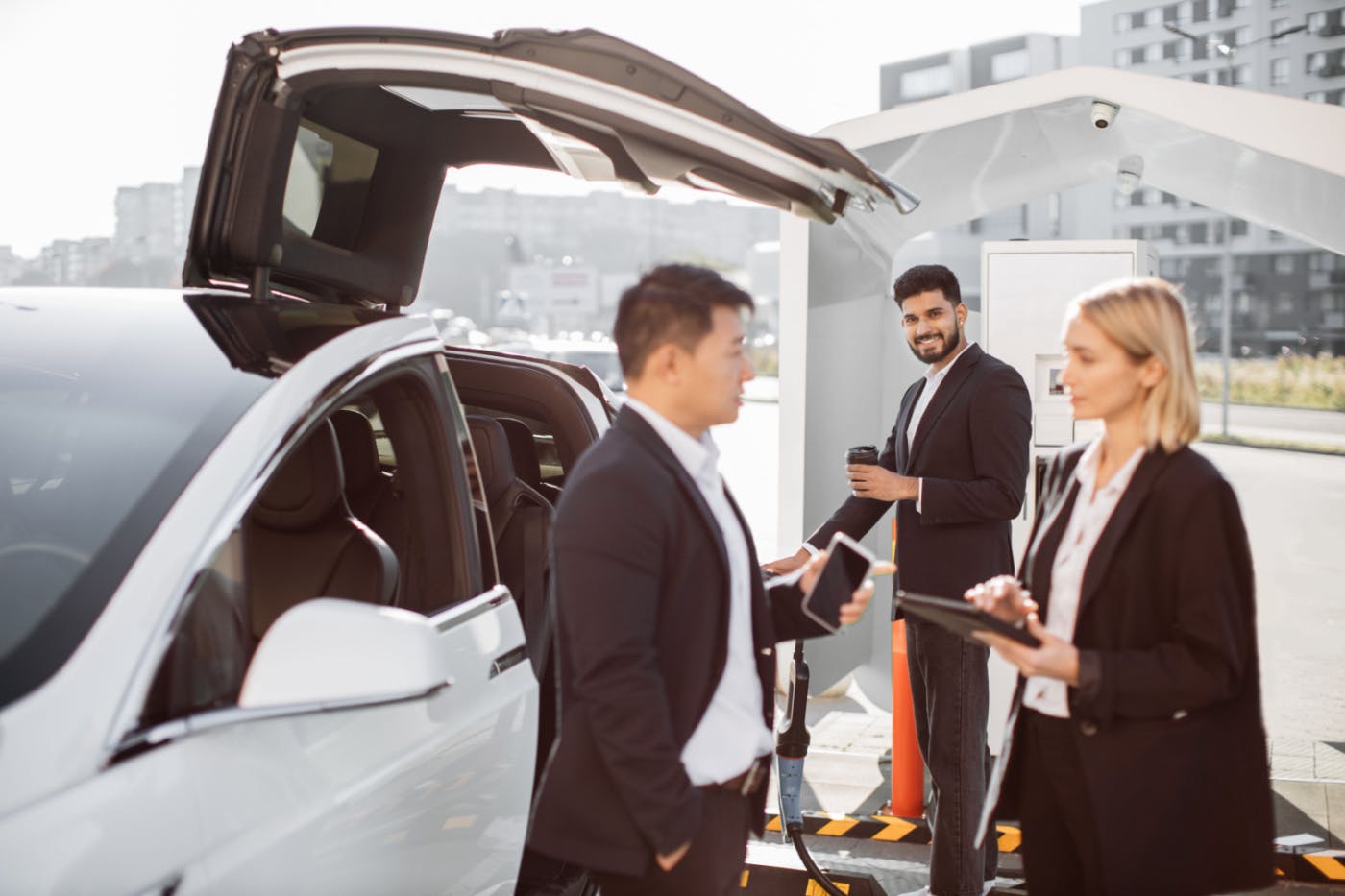

Also awarded in:
2026, 2025, 2024, 2023, 2022, 2021, 2020, 2019, 2018, 2017, 2016, 2015, 2014, 2013, 2012, 2011, 2010, 2009, 2008.
5 of our attorneys have been recognized as Attorneys of the Year
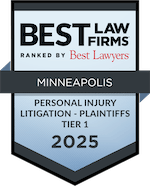
Also awarded in:
2025, 2024, 2023, 2022, 2021, 2020, 2019, 2018, 2017, 2016, 2015, 2014, 2013, 2012, 2011, 2010

Also awarded in:
2025, 2024, 2023, 2022, 2021, 2020, 2019, 2018, 2017, 2016, 2015, 2014, 2013, 2012, 2011, 2010, 2009, 2008
7 Certified Civil Trial Law Specialists, Minnesota Bar Association
3 Board Certified Trial Advocates, National Board of Trial Advocacy.
Get the latest insights on health, safety, and legal rights for your family.
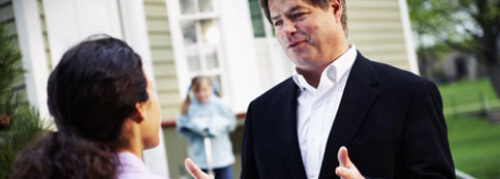
We are interested in hearing about your experience with SiebenCarey Personal Injury Law.
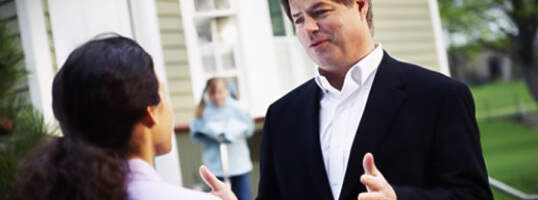
Would you mind leaving a review? If so, please take a moment to tell us about your experience and also mention the attorney you worked with. Your feedback helps us to improve our services to you and all clients.
Was your experience not ideal?
Contact Us Directly
We strive to provide top quality legal and customer service. We're sorry that we didn't meet our own expectations for you.
How can we do better?
Subscribe to receive valuable monthly emails regarding health, safety, and your legal rights.
